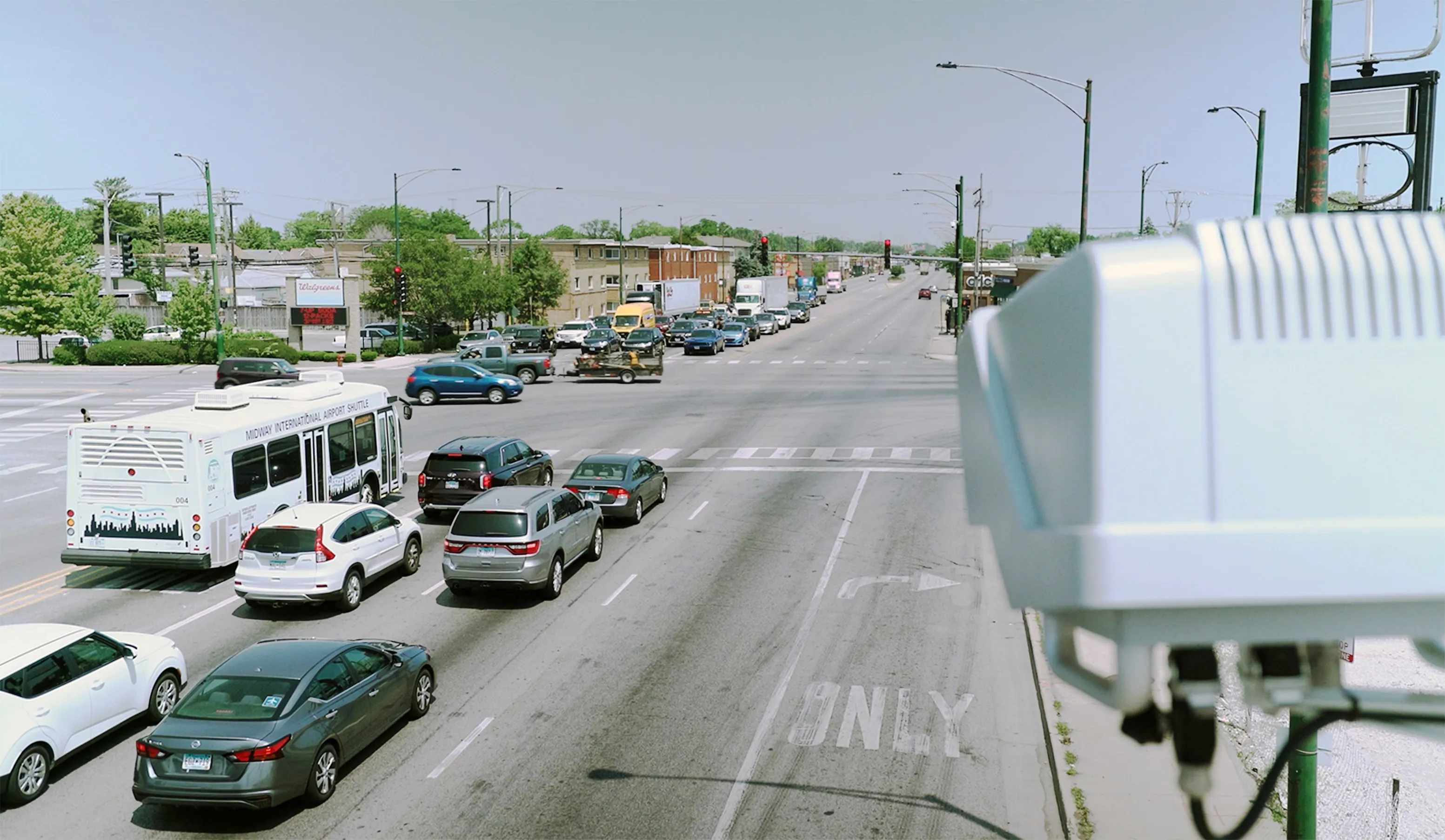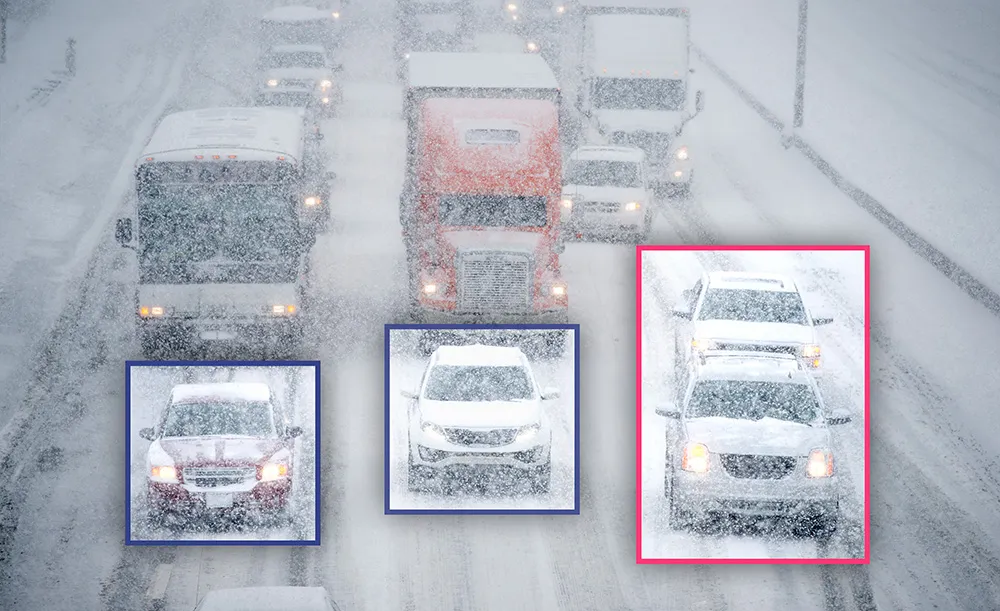
Telegra’s key account manager Dragan Momčilović said: “What this solves is common problems of some conventional AID systems being too sensitive, or not sensitive enough.
“If the latter is the case, then incidents can be missed, or if it’s the former, then a ‘cry wolf’ situation can arise, leading operators to start overlooking incident alerts if they sound too often, so neglecting to act where necessary.”
Other common difficulties can occur due to bad light conditions – due to sun glare or windshield reflection in east-west tunnels – or in inclement weather. Poor quality of camera signal can also cause difficulty.
“XAID aims to solve all of these problems, plus camera shaking, by tracking vehicle paths,” Momčilović said. “It can also apply to enforcement of yellow box violations and other traffic laws.”










